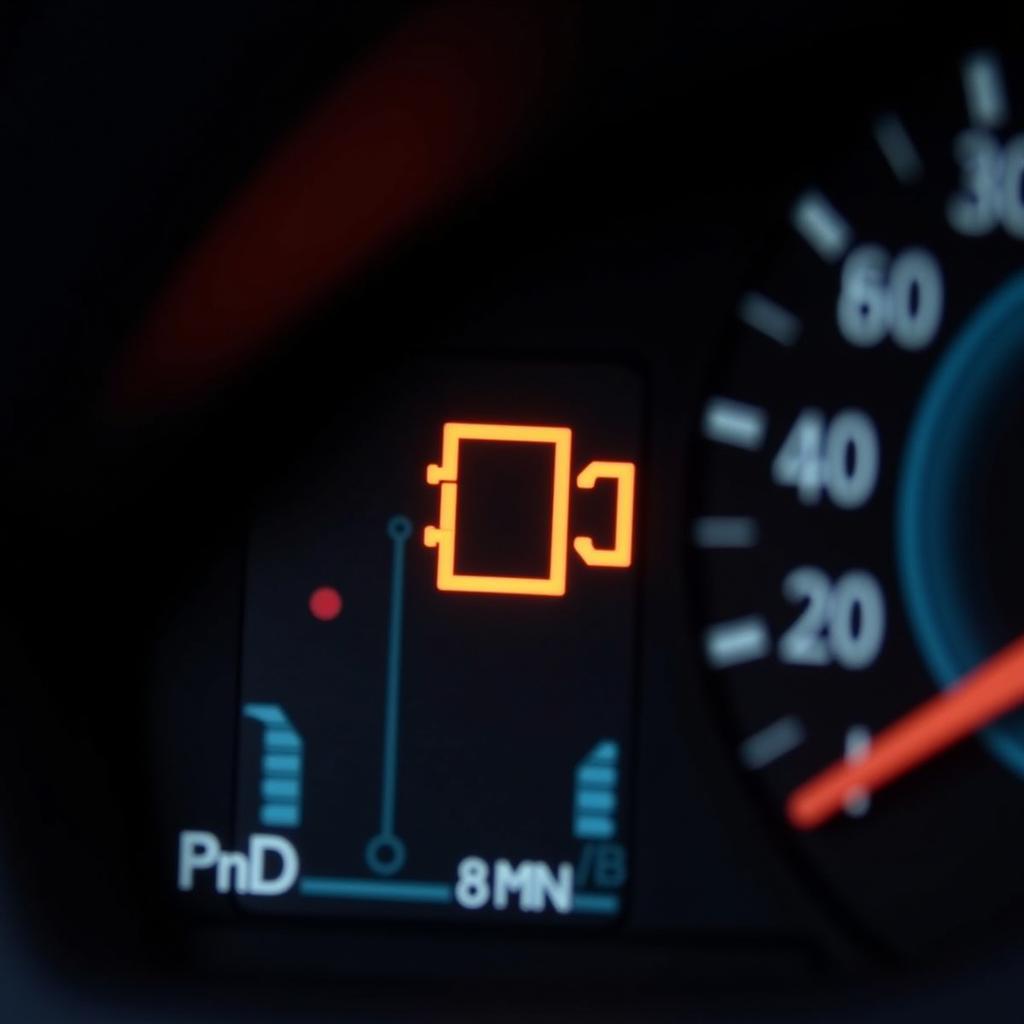Wet Cell Car Battery Maintenance is crucial for ensuring your vehicle starts reliably and performs optimally. A poorly maintained battery can lead to unexpected failures, leaving you stranded and incurring costly replacements. This guide will provide you with the knowledge and practical tips to keep your wet cell battery in top condition, extending its lifespan and saving you money in the long run. what are the basic car maintenance can help you understand more about the importance of car maintenance overall.
Understanding Your Wet Cell Car Battery
Wet cell batteries, also known as flooded batteries, are the most common type of car battery. They contain a liquid electrolyte solution of sulfuric acid and water, which reacts with lead plates to generate electricity. This chemical reaction powers your car’s electrical systems, including the starter motor, lights, and radio.
Understanding the basic components and working principles of a wet cell battery is the first step towards effective maintenance. This knowledge will help you diagnose potential issues and take appropriate preventative measures.
Essential Wet Cell Car Battery Maintenance Tasks
Regular maintenance is key to prolonging the life of your wet cell battery. Here’s a breakdown of the essential tasks:
-
Check the Electrolyte Level: The electrolyte level should cover the lead plates. If it’s low, add distilled water to the fill line. Never use tap water as it contains minerals that can damage the battery.
-
Clean the Battery Terminals: Corrosion on the terminals can prevent the battery from delivering power effectively. Clean them with a mixture of baking soda and water, using a wire brush.
-
Test the Battery Voltage: Regularly check the battery voltage using a multimeter. A fully charged battery should read around 12.6 volts. car driving and maintenance offers more detailed information on overall car care.
-
Inspect for Leaks and Cracks: Regularly inspect the battery case for any signs of damage, leaks, or cracks. A damaged battery can lead to electrolyte leakage, which is corrosive and dangerous.
“Regular maintenance can significantly extend the lifespan of your wet cell battery, preventing premature failure and saving you money,” says John Smith, Automotive Engineer at Smith Automotive Solutions.
How Often Should You Perform Wet Cell Car Battery Maintenance?
The frequency of wet cell car battery maintenance depends on several factors, including the climate and your driving habits. Generally, it’s recommended to check the electrolyte level and clean the terminals every 3-6 months. In hotter climates, more frequent checks are necessary. Do you wonder do you tip for car maintenance? Check our helpful guide.
Troubleshooting Common Wet Cell Battery Issues
-
Slow Cranking: This could indicate a low battery charge, corroded terminals, or a faulty starter.
-
Dim Headlights: Dim headlights, especially when the engine is idling, may suggest a failing battery.
-
Swollen Battery Case: A swollen or bulging battery case indicates excessive heat or overcharging and requires immediate replacement.
“Ignoring warning signs can lead to a complete battery failure, leaving you stranded at the most inconvenient time,” advises Jane Doe, Lead Mechanic at Doe’s Auto Repair.
Conclusion
Wet cell car battery maintenance is a simple yet essential aspect of car ownership. By following the guidelines outlined in this guide, you can keep your battery healthy, ensure reliable starts, and extend its lifespan. Remember, a little preventative maintenance goes a long way in saving you time, money, and frustration. For further assistance, connect with AutoTipPro at +1 (641) 206-8880 or visit our office at 500 N St Mary’s St, San Antonio, TX 78205, United States.
wet car battery maintenance provides even more in-depth information. For those interested in automotive content, car maintenance blogs uk offers a variety of resources.





Leave a Reply